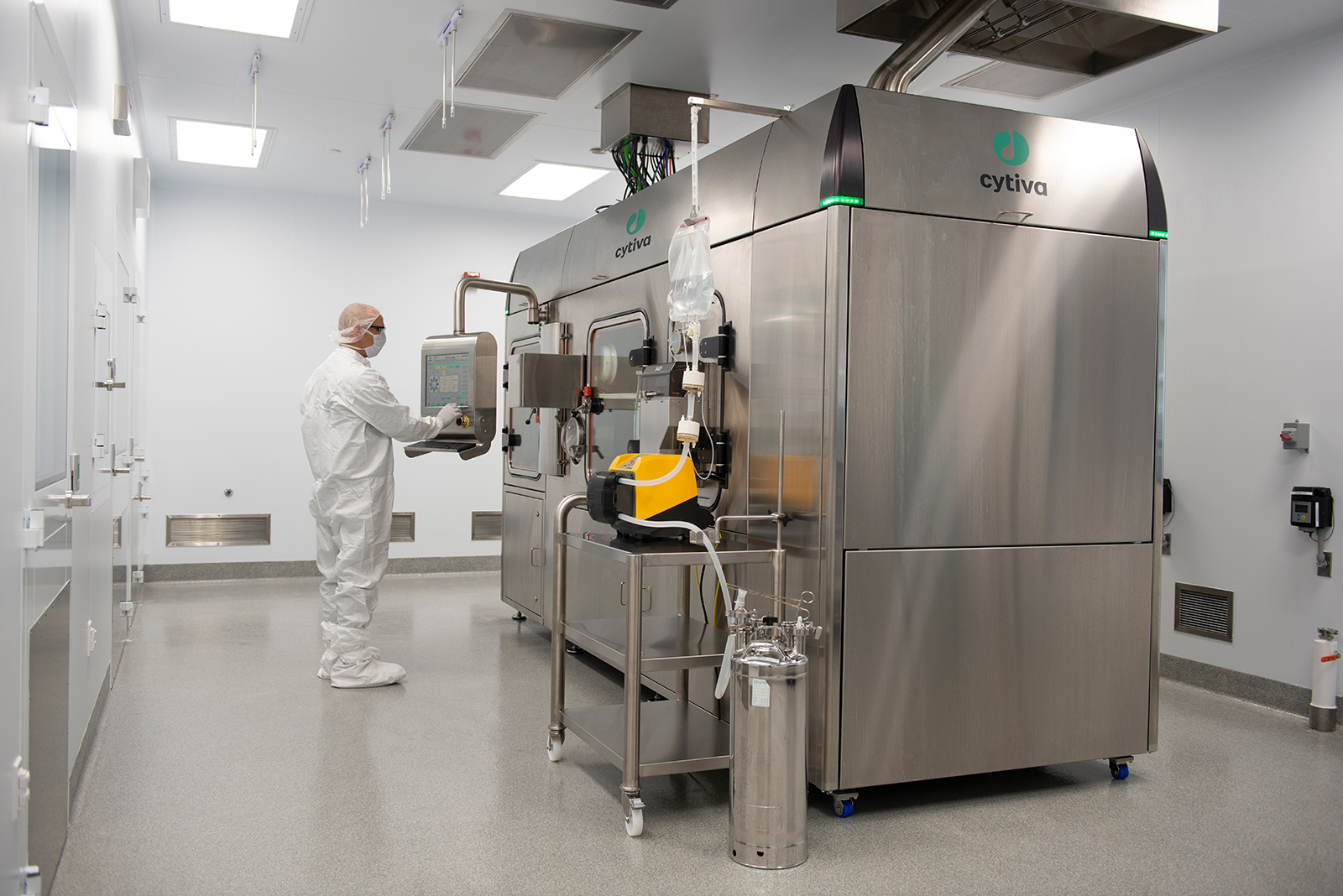You don’t have to choose between standardization and flexibility for your aseptic filling technology. Choosing a system with both will help you reduce costs and improve efficiency.
Aseptic filling has changed. The old paradigm of high-speed machines designed for a single format is no longer suitable, and an increasingly challenging competitive environment, emerging new modalities, and platform technologies with multiple development candidates can make it hard to keep up. But many manufacturers and their suppliers have only taken a half-step towards solving the problem.
Many so-called “flexible” systems are adaptations of conventional technologies, with flexible features shoehorned in or custom designed to meet the needs of the customer. With the aseptic process, mechanical design, and automation all in flux, it’s no wonder that many custom projects end up late, over budget, or underperform expectations.
Are your current filling needs going to be the same two years from now? How about five years? Conventional systems built to your specifications may seem flexible now. But when your needs change, you could be stuck scoping another filling machine project to fill the gap.
Standardization and flexibility in aseptic filling were thought to be mutually exclusive. But what if there was a standardized system with flexibility built into the aseptic process, so you didn’t have to choose?
Flexible by design
Aseptic Filling Workcells from Cytiva offer flexibility at the core of a standardized system—from design to manufacturing to operations—so you’re covered for your current and future aseptic filling needs. Standardization means less risk, as advanced automation removes the need for human intervention. And any possible issues are identified, solved, and validated by other industry users.
The definition of flexibility is being able to move between clinical trial supplies and commercial drugs, between different container formats, and do it all on consecutive days. At the core of this flexibility is automation that universalizes material handling across vials, syringes, and cartridges – all in a nested format.
As an example, CDMO WuXi Biologics validated seven different vial and syringe formats on an SA25 Aseptic Filling Workcell within 15 months of their purchase order. And they have continued to add formats to serve more customers.
How flexibility is designed in
One of the most important elements of both standardization and flexibility is recipe-driven automation. The use of advanced robotics in our systems ensures accuracy and consistency in filling, while the ability to configure to different formats and products via a single human-machine interface (HMI) provides strong process control and repeatability.
Minimizing change parts and using a common method of material handling—plus integrated system design by a single company—allows for flexibility while maintaining the simplicity of standardization. Vapor phase hydrogen peroxide (VPHP) decontamination is essential to achieve flexibility. Quick decontamination and changeover times are crucial to change quickly between formats to fill different products on different days.
Vapor phase hydrogen peroxide (VPHP) decontamination is essential to achieve flexibility. Quick decontamination and changeover times are crucial to change quickly between formats to fill different products on different days.
You may have many drugs in different formats in your pipeline. You don’t know which will succeed or what might be needed in the future. Therefore, you need a common platform with flexibility designed into every aspect of the process (Fig 1).
Fig 1. A single HMI controls the recipe-driven automation of the workcell. The closed robotic isolator system is fully integrated and designed holistically by Cytiva to minimize risk and maximize flexibility.
Standardization helping flexibility
Counter to the previously held belief of mutual exclusivity, standardization and flexibility actually complement each other in aseptic filling. An aseptic process designed with flexibility built-in ensures that facilities with standard systems can pivot between products and roll out fleet-level improvements to recipe-driven automation. This allows companies to scale out operations with multiple machines and enact a network strategy to deploy the same level of flexible production capacity to multiple areas of the company.
Fig 2. Having the same robotic material handling method for vials, syringes, and cartridges within a nest means that changeover is a simple process involving few change parts. Rapid decontamination and aeration times under one hour contribute to being able to switch between different drug products on consecutive days.
Using a standard system also allows you to join a community of similar users for support. The Cytiva Aseptic Filling Workcell User Group provides an invaluable resource for users to get together to exchange tips and troubleshoot issues with their standard machines.
Your science is unique, but that doesn’t mean your aseptic filling needs are, too. Think standardization with flexibility-by-design, and gain access to a new paradigm for aseptic filling.
Last Updated: July 15, 2022

